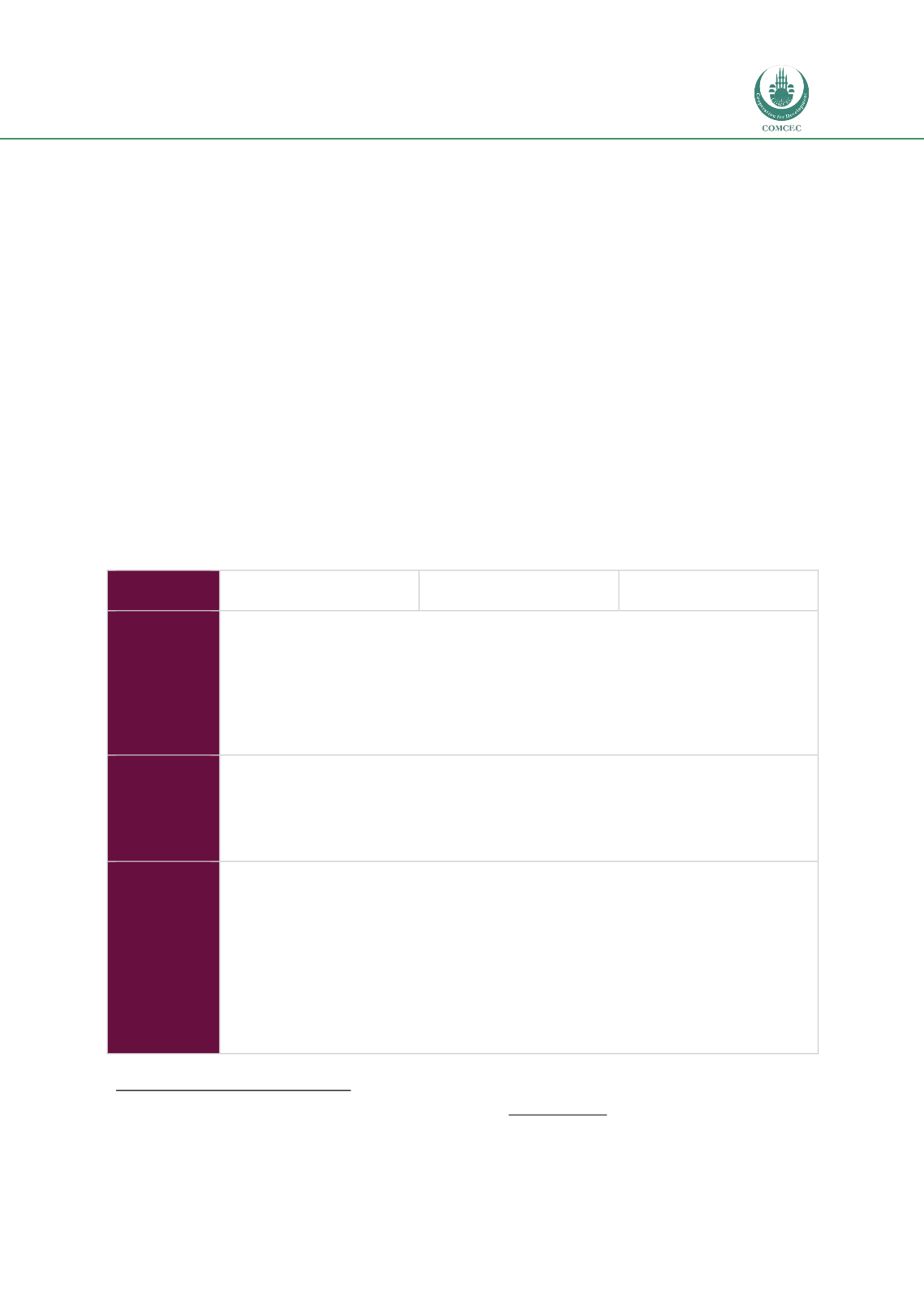

Improving Institutional Capacity:
Strengthening Farmer Organizations in the OIC Member Countries
75
4.4. Global case studies: Two successful farmer organizations
Before examining the specifics of FOs in OIC member countries, it is worth reviewing some
examples of successful farmer organizations around the world. While the universe of farmer
organizations is extremely broad, and two examples cannot fully convey the landscape, the two
examples discussed in this section should provide a sense for the range of FO structures,
services, and models.
The
Zambia National Farmers’ Union
is a well-regarded apex body of farmers not restricted
to any particular crop, region, or size, while the
Agrarian Coffee Cooperative of the
Apurimac River Valley
of Peru is a smaller, local organization focused on a single commodity.
Brief outlines of the organizations follow, along with an analysis of their business models,
service provision, and a look at the overall policy environment. Each section concludes with
keys to the success of the organization and larger lessons that can be learned.
4.4.1.
Zambia National Farmers’ Union (ZNFU)
The ZNFU is the independent, politically-neutral apex body for farmers and agri-businesses in
Zambia. It is a national-scale organization that includes members of all sizes. A brief overview
of its history, characteristics, services, and business model is given below.
Table 22: Characteristics of the ZNFU
109
Type
National-scale
Federation
Mixed-gender, Mixed-
size
Origin and
history
The ZNFU was formed in 1905 as the Rhodesia National Farmers’ Union and for
most of its early history was exclusively for commercial farmers, predominately
white settlers. After independence in 1964, ZNFU membership gradually evolved
but was still commercial farmer-dominated until the 1980s and 1990s, when small-
scale farmers began to join in increasing numbers. After 1992, the ZNFU officially
changed its name to represent its policy of inclusivity and today represents the
diverse nature of farmers in Zambia.
Purpose
ZNFU’s chief goal is to represent the interests of farmers in Zambia and to
encourage the development of the broader agricultural sector by advocating for
pro-agriculture policies, ensuring the spread of knowledge and information, and
bringing together stakeholders from across the industry. It is strictly independent
and non-partisan.
Footprint
ZNFU is national in scale and is the largest farmer organization in Zambia. It has
approximately 71,000 members, including nearly all of Zambia’s commercial and
emerging commercial farmers and a significant share of small-scale farmers.
ZNFU is organized into 71 “District Farmers Associations”, each with an elected
Executive Committee. Some of these (depending on the region) represent only
small-scale farmers, while others represent both small- and large-scale farmers.
The ZNFU also maintains a separate agribusiness forum to bring in the voices of
~100 downstream users of agricultural goods, in order to ensure policy
collaboration.
109
This section is drawn from online documents published by ZNFU
(www.znfu.org.zm)and from interviews conducted by
Dalberg in July 2014.

















